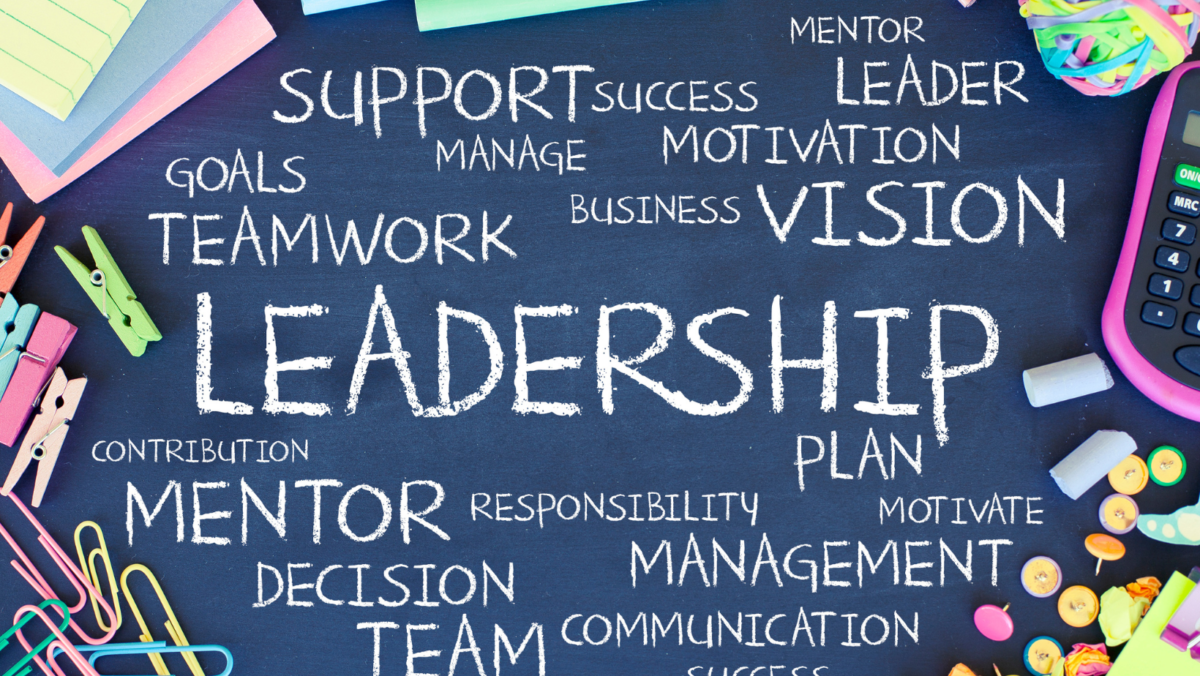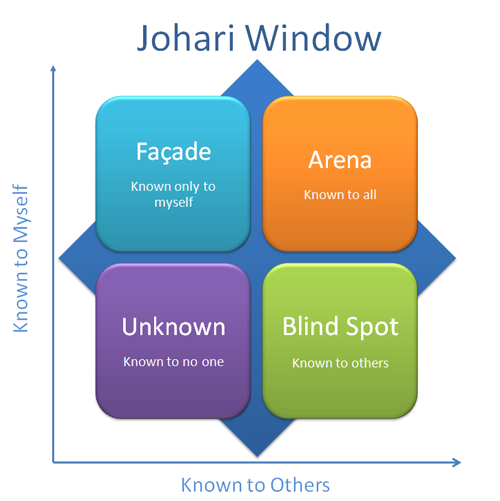Updated August 1st 2023
In our previous blog, we explored the significance of clear and consistent communication as a fundamental factor in fostering high employee engagement. However, I’ve observed that some managers mistakenly interpret clear and consistent communication as simply issuing directives and, in some cases, resorting to controlling or micromanaging their staff. True clarity and consistency in communication should encompass a more balanced approach that encourages open dialogue, active listening, and empowerment, rather than solely relying on one-way commands.
A client who truly brings this to life, has recently been promoted to a senior management position in a multinational. Let’s call him Ted. He is clearly good at what he does, with his teams leading the pace and breaking all sales targets worldwide.
Just before our most recent session together, we measured him on his thinking styles, using BIAC (A thinking, behavioural & adjustment profiling tool created in Ireland and now being used worldwide). Turns out he is extremely high in ‘Controlling Thinking’, scoring an 8.
Someone in his position needs to be a 4/5 to be effective in how they manage others, never mind the stress he is causing himself with his thinking operating at this extreme.
In my first two sessions with him, prior to completing BIAC, he told me he has ‘a very good relationship’ with everyone on his team. They’ve been beating global targets. All is great.
Except my client is stressed beyond belief. He wakes up worrying about maintaining these targets, about whether everyone on the team is doing what they have been ‘told’ to do.
Through our conversation he realises that what he thinks has been effective conversations with his staff (performance and other) has actually been him ‘telling’ them and he is suddenly aware that he has not in anyway been empowering his team and has actually been aggressive.
Through our conversation, he realises that he is partly to blame for two of his team members not getting a promotion they were in line for. Many of their KPI’s were not achieved, because of him and his controlling tendencies!
This has been a huge blind spot for him and there is now potentially massive room for improvement for himself, and also growth for the individuals on his team.
What is High Controlling Thinking?
A person who is High in Controlling Thinking and Behaviour finds difficulty letting go of control, puts down perceived challenge and will create a dependent dis-empowering culture within a team or group of colleagues. Too high on controlling usually means having to be in charge at all costs. Losing control can set off alarm bells leading to aggression, sometimes to intimidation, and ‘stress overload’ in one’s self and others.
Controlling thinking behaviour can go various directions. Some of us are high in it, some of us are low in it, and some of us are centred. See our next upcoming blog to learn more about where your Controlling Thinking might lie.











